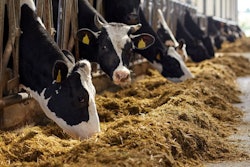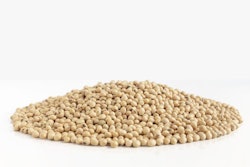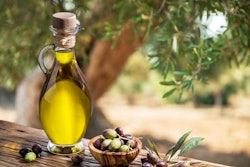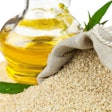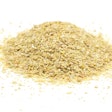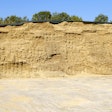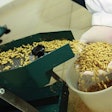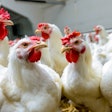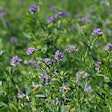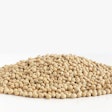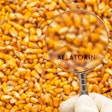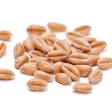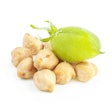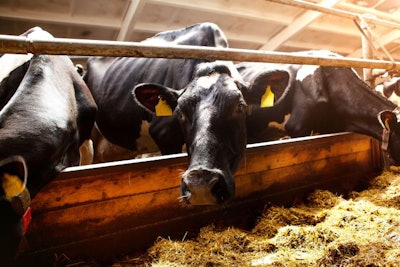
NatalliaS | Bigstock.com
Hybrid selection and harvest time are among the key elements for high-quality silage
Corn silage remains a staple ingredient, not only for dairy ruminants, but also increasingly for fattening ones, too. It is frequently used as part of total mixed rations (TMR) in beef feedlot nutrition as it offers convenience in mixing along with a plethora of nutrients. However, making a good silage is not an easy exercise. Below are six basic principles for high-quality silage.
- Hybrid selection is very important for the quality of corn silage. Make sure to plant the right hybrid. In other words, this means a high-yielding and well-adapted hybrid for your specific area (soil, environmental conditions). In general, good seed-producing hybrids make also high yield-producing silage, but this is not a universal rule. For example, there are many hybrids that are used only for silage. Of course, good fertilization and pest management practices are important, too. Using the advice of a local agronomist is highly recommended at this stage.
- Harvest at the right stage cannot be overemphasized, and it remains one of the major causes of poor-quality silage. For most hybrids, harvest should happen at about 65% to 70% moisture. Visually, this is when the milk line has reached halfway to two-thirds down the kernel top. This is a good way to decide the right stage of harvesting, but it depends on the hybrid, so it is best to follow the genetic company’s guidelines as to when your crops will provide the maximum amount of nutrients per acre or hectare.
- Silage chop size is also important. Some authorities recommend a length of three-eighths to half of an inch, whereas many nutritionists prefer a much longer chop size. Here, the practicing nutritionist will take into account the whole diet composition and recommend the best size. In general, the smaller the chop size, the greater the elimination of oxygen in the silo or banker and thus the greater the anaerobic fermentation that is the desirable procedure.
- Pack very well and cover well with plastic so that as little as possible oxygen remains. This applies also to vertical silos, where silage must be compressed as much as possible between each load to prevent any air pockets in the silage. This phase is perhaps the most critical in order to ensure a good quality end product. Too much oxygen will extend the aerobic phase and delay the anaerobic phase during which desirable fermentation occurs. During the aerobic phase, what little remaining oxygen is present will be consumed through respiration by the plant cells and aerobic bacteria that will produce CO2 water and heat. The better packed silage is, the shorter the aerobic phase will be. The goal is as short an aerobic phase as possible.
- Anaerobic fermentation is the desired goal that will ensure high-quality silage. This comes after the (hopefully short) aerobic phase. During the anaerobic stage, the naturally occurring lactic acid bacteria become active, producing and excreting lactic acid as a waste or byproduct of their metabolism. With time, enough lactic acid accumulates that gradually lowers the pH (acidity). The largest part of this phase generally lasts about three weeks although the fermentation process continues for a few months. The end product is considered ready when the pH has dropped to approximately 4.2. At this pH, silage is stabilized and can be stored for a long time. When it is ready, a good quality corn silage will have a light green to yellow color and a slight vinegar smell.
- Some experts recommend the use of an inoculant, but not all agree on this point. There are inoculants that contain lactic acid-producing bacteria. Although lactic acid-producing bacteria occur naturally, in some cases it may be beneficial to use such a product. Other inoculants contain bacteria that produce acetic acid that gives a strong vinegar smell. For some, this might be considered beneficial, but not all experts agree. In general, the area of inoculants remains controversial.

